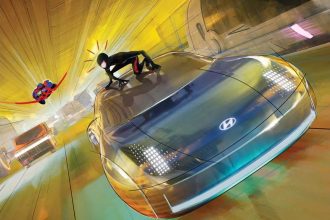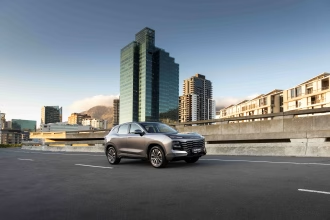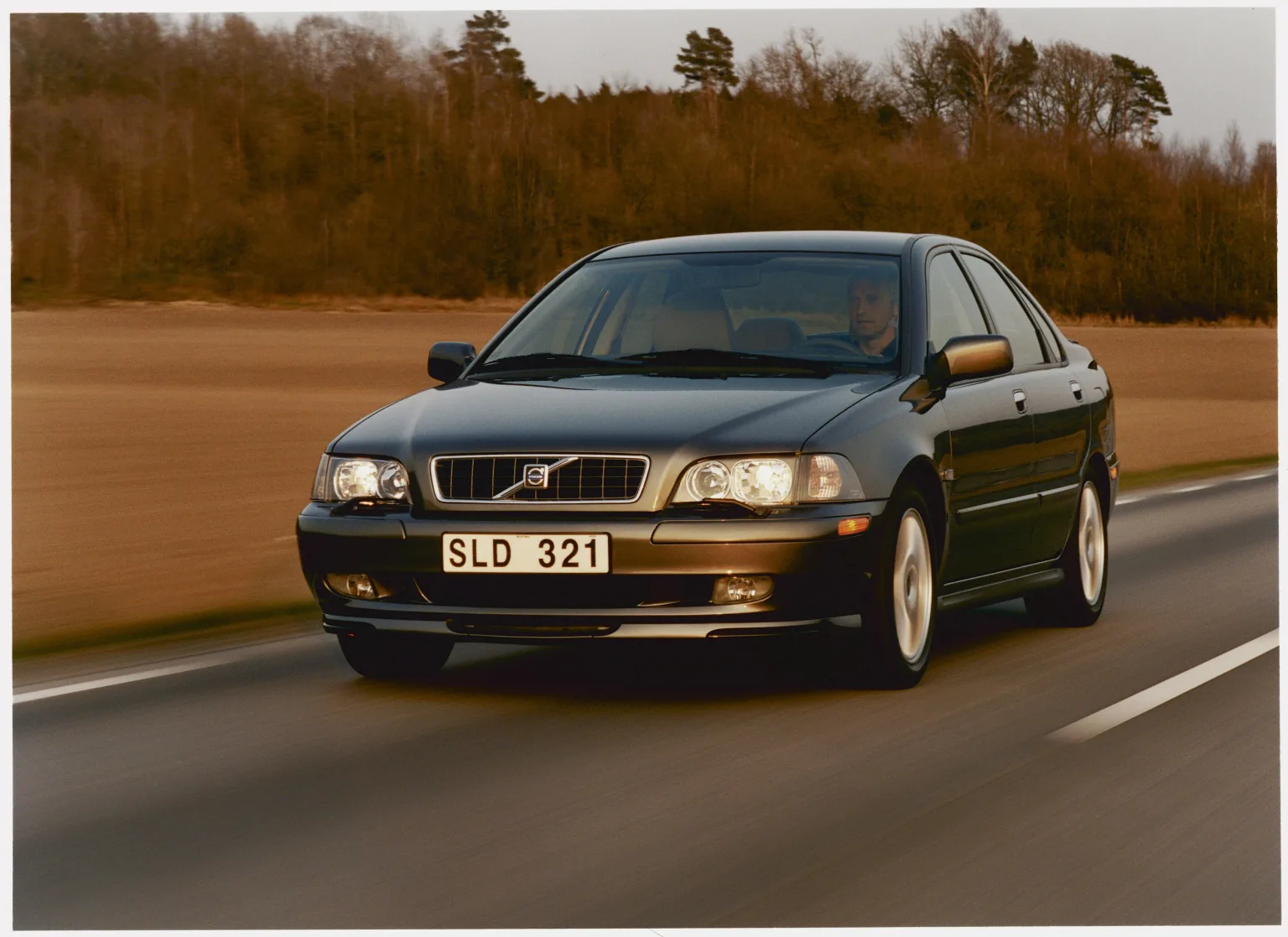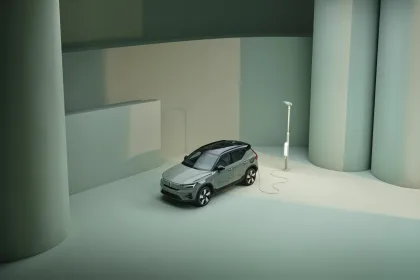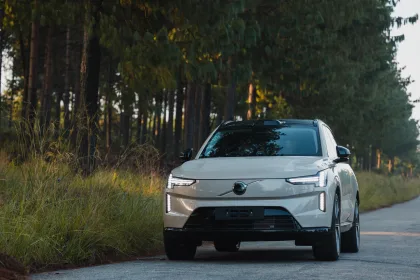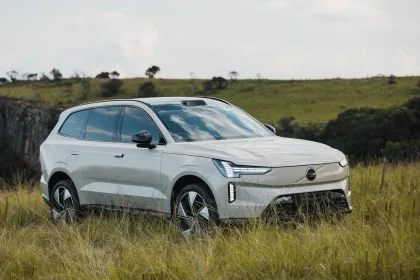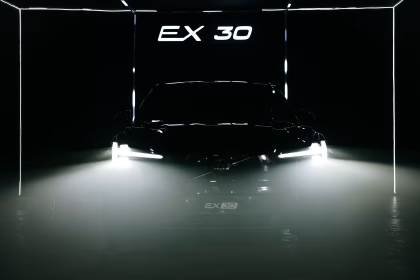- Volvo celebrates 30 years of the first-generation S40, launched in 1995.
- It was the first car to earn a four-star Euro NCAP rating, setting new safety standards for its class.
- The S40 also proved its performance in motorsport, including BTCC and international touring car championships.
2025 marks a significant milestone for Volvo as the first-generation S40 celebrates its 30th anniversary. Since its debut in 1995, the S40 played a pivotal role in shaping Volvo’s reputation for safety, innovation, and premium design—in a more compact and attainable package. Today, the spirit of the S40 lives on through the modern XC40, along with the all-electric XC40 Recharge and C40 Recharge, continuing the 40 nameplate’s legacy into a sustainable future.
Introduced at the 1995 Frankfurt Motor Show, the S40 was lauded for its ability to offer all the comfort and safety of the larger 850 series, but in a more compact package. It was available with a range of four-cylinder petrol and diesel engines, but the standout was the 147 kW 2.0-litre turbocharged T4. In this form, both the sedan and its wagon sibling, the V40, offered serious performance. With 300 N.m of torque and a generous dose of power, the front-wheel drive compact executive sedan could sprint from 0–100 km/h in 7.3 seconds, outperforming many of the era’s hot hatchbacks and sports cars.
The S40 would go on to demonstrate its athletic prowess on the British Touring Car Championship (BTCC) circuit, with Richard Rydell steering his S40 race car to victory in 1998. The first-generation S40 also competed in the Australian Super Touring Championship in 1998 and 1999, as well as the Swedish Touring Car Championship and the 2003 Norwegian Touring Car Championship.

Designed by the late Peter Horbury—who went on to style the elegant C70 coupe, S80 sedan, and the first-generation XC90—the S40 stood out from the crowd with its timeless Scandinavian design. The compact silhouette combined elegance with practicality, with a harmonious blend of sleek lines and subtle sophistication. Over the years, the S40’s styling evolved, with a facelift bringing it in line with later Volvo models.
The Volvo S40 set a new benchmark for safety in its segment when it became the first-ever car to receive a four-star rating from Euro NCAP, at a time when most rivals were achieving just two or three stars. This achievement underscored Volvo’s commitment to protecting occupants with advanced safety engineering, including reinforced body structure, multiple airbags, and side-impact protection. It wasn’t until 2001 that any vehicle reached a five-star Euro NCAP rating, highlighting how far ahead of the curve the S40 was in terms of occupant protection. The second-generation S40 continued this legacy, earning a full five-star rating in 2004.
While the S40 nameplate was discontinued in 2012, the 40 series has evolved to meet the demands of a new generation. The XC40 is among Volvo’s best-selling vehicles in South Africa, while the C40 Recharge, the brand’s fully-electric coupe SUV, captures the S40 T4’s performance spirit—now with an emissions-free electric twist.
“The S40 marked Volvo’s first foray into the compact executive sedan segment, and it did so with real confidence—offering a blend of safety, comfort, and understated style that made it stand out,” said Felipe Yagi, Head of Marketing and Communications at Volvo Car South Africa. “It brought a new dimension to the Volvo line-up and helped the brand reach a wider audience. Today, the 40 badge continues to represent that same balance of practicality and refinement—now reimagined for a new generation through the XC40 and C40 Recharge.”
